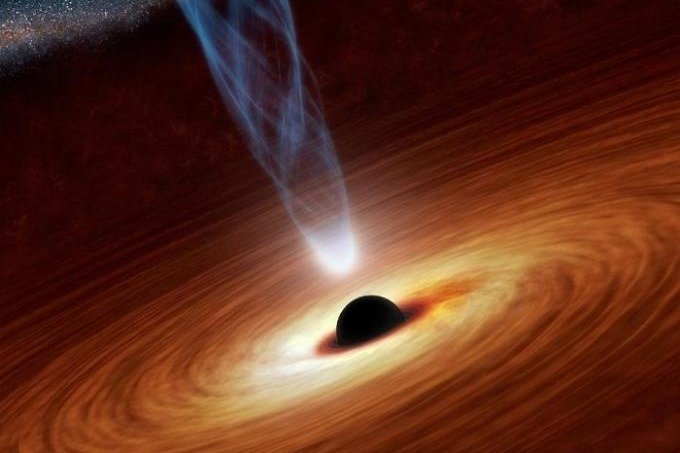WASHINGTON, June 20 (UPI) -- At the center of galaxy NGC 5548 sits a supermassive black hole. Scientists have long known this, and they've also known about the strong winds that regularly swirl about the heart of the galaxy, blowing gas out and away from the matter-eating hole.
But last year scientists noticed the nucleus of NGC 5548 had gotten noticeably dimmer. A year later, having closely analyzed imagery from a host of NASA and European Space Agency observatories, scientists think they know why -- a different, swifter stream of gas was being spewed out from the galaxy's center, blocking out and manipulating the x-rays that normally make 5548 much easier to see.















